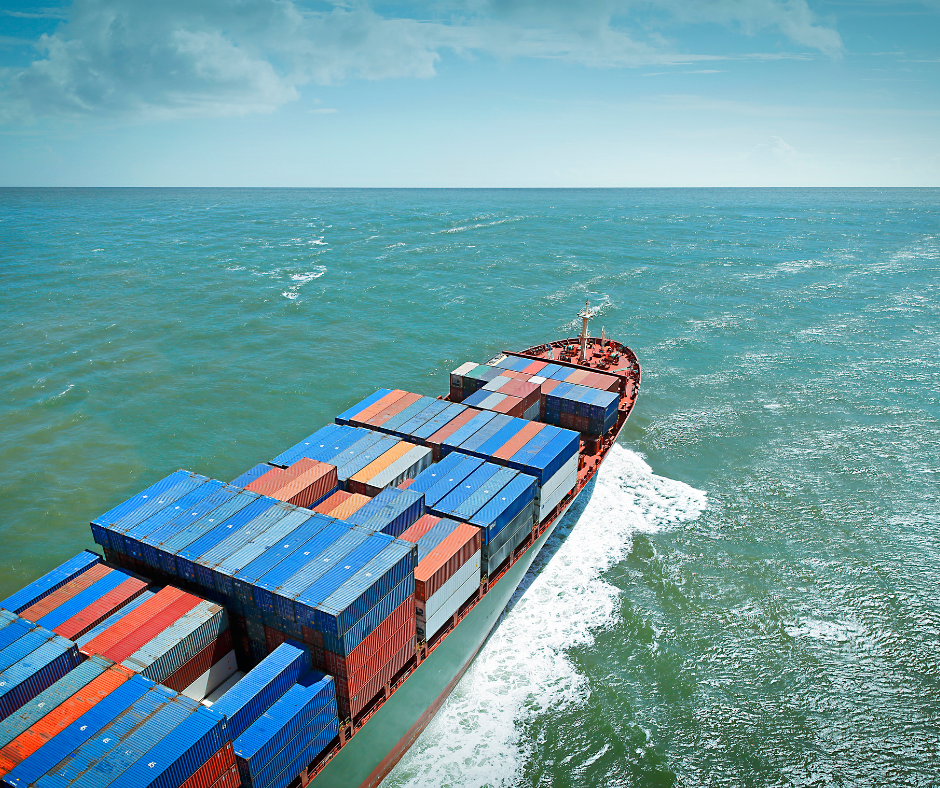 Oceans connect every continent in the world, and thus present wonderful opportunities to transport goods. However, while oceans offer great means for shipping, there are also many hazards that can go along with sea transport.
Oceans connect every continent in the world, and thus present wonderful opportunities to transport goods. However, while oceans offer great means for shipping, there are also many hazards that can go along with sea transport.
1. Weather Hazards
Some of the most dangerous weather-related threats to shipping by sea are hurricanes, squalls, typhoons and tropical cyclones. All of these types of storms can cause serious harm to, or even completely sink, cargo vessels.
While hurricanes, typhoons, and tropical cyclones tend to occur in different parts of the world, they all feature violent wind, torrential rain and surging waves.
Hurricane winds can be so powerful that they reach 160 miles per hour. It’s not exactly the kind of situation you want to be transporting cargo in!
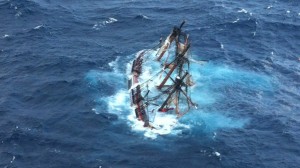
Even famous ships are not immune to the incredible power of hurricanes. In 2012, the HMS Bounty, a ship used in movies such as Pirates of the Caribbean, was sunk in Hurricane Sandy off the coast of North Carolina. Sadly, two crew members died during this incident.
How to avoid:
- Use the strongest and most seaworthy ships possible for shipping by sea. Modern container ships are designed to withstand most storms. In fact, materials engineers now use computers to model the stresses on ship hulls. Once they get the information, they create steel able to withstand the measured stresses.
This technique of generating extremely strong reinforced steel, along with using older engineering strategies, such as watertight doors, help to make modern ships very safe. However, they are not completely invulnerable to storms.
Modern day container ships are also very large, which can help them ride out the intense waves during storms. In fact, the world’s largest container ship, the CSCL Globe, is so large it can carry over 19,000 shipping containers! Size can definitely be a factor when it comes to safety.
- Dodge major storms wherever possible. Advances in weather detection and meteorology have made it possible to anticipate storms much better than in the past. Shipping companies often make use of this information to help steer their ships out of harm’s way.
In fact, at Maersk company headquarters in Copenhagen, there’s an entire control room designed to anticipate weather patterns and use them to guide their ships away from storms.
This information is given to the ship captains, who are ultimately responsible for the lives of the crew members and the fate of the ship. The captain makes the final decisions.

2. Geographic Hazards
Geographic hazards include anything on the seascape that can harm vessels, aside from the weather. Examples include coral reefs, icebergs, sandbars and other spots that are risky to navigate.
Most people have heard the famous story of the Titanic, the gigantic passenger ship that sank in the North Atlantic after striking an iceberg.
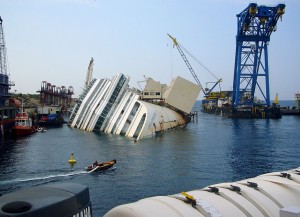
While major advances have been made since this incident happened in 1912, such geographic dangers are still a threat.
For example, on January, 13, 2012, the Italian cruise ship Costa Concordia struck a sandbar off the coast of Tuscany, Italy and keeled over on its side. Part of the ship was submerged. Several people died, many were injured and millions of dollars of damages to the company were accrued.
In addition to coral reefs, sandbars, and icebergs, canals such as the Suez and Panama can be a problem. These canals are very narrow and not very deep, which can cause problems. If a ship is too large, it could strike the bottom or the sides of the canals and cause untold damage.
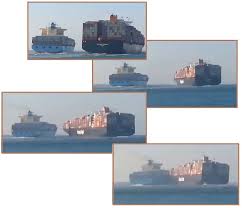
In a worst case scenario, the canal could even be blocked up, choking up supply lines from businesses all around the world.
Such was the case on October 1st, 2014, when two giant shipping containers crashed into each other in the Suez Canal, causing significant financial losses and bringing traffic in the canal to a complete standstill.
How to avoid:
- Plan and navigate with extreme caution. Most of the time, if something goes wrong in terms of geographic hazards, it is due to a lack of planning or flawed navigating. For example, the Panama Canal can only support container ships with 4,600 containers or less. So if your ship contains 4,800 containers, you’re going to need to find an alternate route.
- Modern navigational technology such as GPS can also be used to steer ships clear of known sandbars and coral reefs. Furthermore, it’s of the highest importance that ships’ crews and officers are properly trained, and perform professionally.
3. Technological Hazards
Technological hazards are anything that can go wrong with the ships, or their equipment. This can mean structural problems, engine issues, navigational equipment failures, etc.
In 2009, an entire crew of 28 people had to be rescued by the U.S. Coast Guard from the container ship APJ Suryavir, when its engine failed in poor weather south of Alaska. If the Coast Guard didn’t intervene, it could have been disastrous.
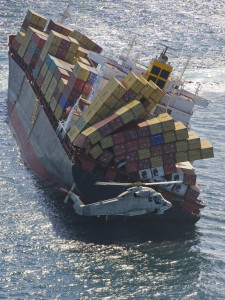
Another important technological hazard is the loss of shipping containers at sea during voyages. Such incidents can create significant financial losses, as well as potentially damage the ship, or other ships that pass by later on.
The World Shipping Council estimates that 675 shipping containers are lost at sea every year. That’s a lot of merchandise!
How to avoid:
- Thorough inspection of equipment before ships set sail is key. In addition to complying with federal regulations and inspections for safety, shipping companies can also use the services of companies that specialize in inspecting, testing and certifying cargo ships—such as Intertek and Bureau Veritas—to make sure all is well before they set sail.
- Keep equipment up-to-date. Just as it’s important to inspect ships before they depart, it’s also critical to keep all equipment up-to-date. If you can see there’s damage somewhere on the hull of the ship, or if any of the machinery on board isn’t working properly, it’s important to get the fixes made before the ship sails, even if it requires a delay in departure. While it’s obviously best to always be on time, it’s better to delay slightly than to risk your safety to make a deadline.
Otherwise the decision could cost you more than just your cargo, it could cost lives. So be careful!
Have you ever had to deal with any of these maritime shipping hazards or their aftermath directly in your business? If so, how did you deal with them?






disqus comments